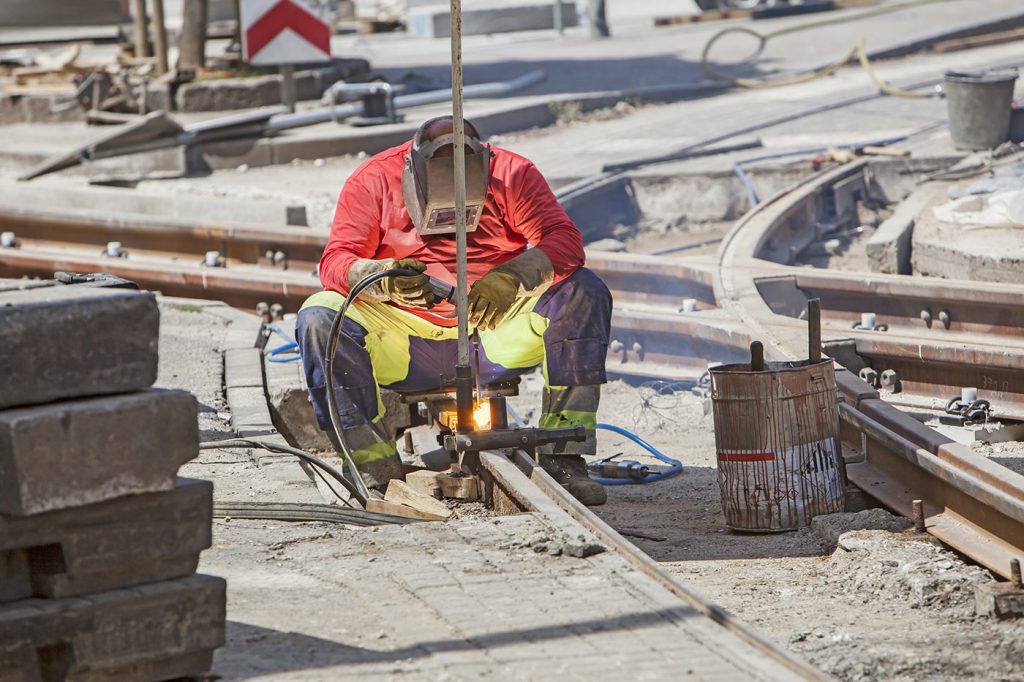
Railroads today are widely used to transport materials and passengers. However, a number of trains and train engines today contain asbestos which poses a significant health risk to railroad workers and factory workers. Before 1989, asbestos was used as a cheap method of insulating materials which were exposed to high heat. Microscopic asbestos fibers can spill into the air if an asbestos-containing material (ACM) is damaged or otherwise worked on. These fibers have been proven to kill lung tissue and cause mesothelioma and asbestosis overtime.
Where Asbestos is Found
The Asbestos Ban and Phase Out rule of 1989 was intended to remove existing ACMs from use in the US, and prohibit mining and manufacturing asbestos. Even so, asbestos can still be found in many places throughout the US. Asbestos can be found in common train equipment, including:
- Boilers
- Braking systems
- Pipe gaskets
- Valves
- Rope
- Furnaces
- Clutches
- Floor tiles
When asbestos fibers enter the lungs, the sharp needle-like ends of the fibers kill lung tissue. This dead tissue then releases toxins that develop tumors that will lead to mesothelioma over decades. Symptoms of mesothelioma and asbestosis include:
- Cough that gets worse over time
- Abdominal pain
- Coughing blood
- Weight loss and loss of appetite
- Trouble breathing
- Finger clubbing and nail deformities
If You’ve Been Exposed to Asbestos
If you have a reasonable suspicion that you’ve been exposed to asbestos, stop working and inform your supervisor of the situation immediately. Your employer is obligated to provide a screening by a medical professional if there is a reasonable chance that you’ve been exposed to asbestos. Furthermore, the damage caused by asbestos will only progress at a higher rate if you continue to work near asbestos or fail to seek timely treatment.
If you have been diagnosed with mesothelioma, you need to know that there is no cure. However, you may be able to recover damages for your suffering. Your first step should be to collect any evidence or documents which relate to your financial, physical or psychological damages. This means you should make a portfolio of medical records, bills, work documents, emails, abatement reports, or anything else that can prove you were injured and someone knew asbestos was present but failed to properly mitigate the risks. Be sure to collect contact information from anyone who may help to prove your injuries were preventable. You may also want to keep a journal of your experiences relating to your asbestos injury, like how it has affected your daily life and how you changed during treatment, as this may also be used as evidence in your case.
Your next big step is to contact an experienced asbestos-injury lawyer. Asbestos-injury lawyers are paid on contingency, which means they won’t charge you up front, but instead take a portion of the settlement or case award. Asbestos injury cases are complicated, and only an experienced asbestos injury lawyer will be able to track down the parties responsible for installing or failing to remove ACMs. Furthermore, asbestos-injury lawyers are professionals. They have teams of investigators and experts that know how to structure a case to your benefit and will take your case to court if necessary.


